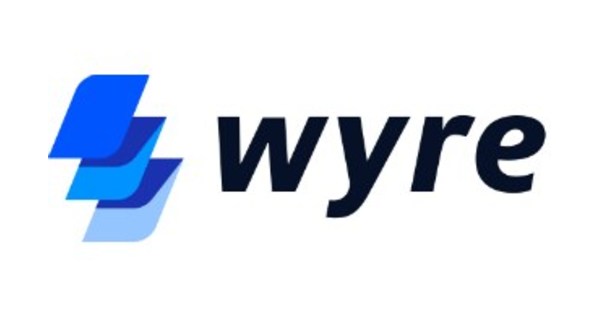
SAN FRANCISCO, Jan. 26, 2022 /PRNewswire/ — Today, Wyre, a leading cryptocurrency compliance infrastructure provider, is announcing an integration with the Stellar network to effectively onboard local Brazilian and Argentinian currencies into digital assets. Through the integration, Wyre is growing functionality in Latin America and allowing developers and businesses looking to leverage cryptocurrency transactions to easily expand into new regions, and accept new forms of payment.
While exchanging various global currencies into cryptocurrency has been historically challenging, Latin America boasts a strong cryptocurrency infrastructure, making it a prime location for businesses and developers to expand. Even further, this integration between Wyre and Stellar will allow for the democratization of finance in one of the largest emerging cryptocurrency markets and provide greater access to digital capital with a more secure system.
Wyre will work with, Settle, a digital assets settlement network and Stellar anchor, to provide closer integrations within the Latin American cryptocurrency infrastructure. The Settle network provides the infrastructure needed to process cross-border transactions, payments, and digital assets.
“As we bridge the next billions of people into a brave new world, Wyre needs to move fast on making the transition as seamless as possible. This integration gives our partners easy access to some of the largest countries within Latin America and provides millions of people access to the crypto economy – all powered through the safe and powerful Stellar protocol.” says Ioannis Giannaros, co-founder and CEO of Wyre. “This first integration will create local fiat on and off ramps and enable individuals and businesses to move local currency seamlessly in and out of cryptocurrency.”
“Building the cryptocurrency infrastructure to be more accessible is critical, especially as cryptocurrency becomes a more popular form of payment,” says Erich Grant, director of business development at Wyre. “This integration with the Stellar network is only the first step and we’re hopeful it can be the blueprint for similar infrastructure to be integrated into other local fiat channels in the future.”
Using Stellar’s powerful SEP-24 protocol, this integration will enable easy and safe transfers of value across the network at a fraction of the cost of traditional payment rails and, through Wyre’s API and Widget, allow users to access Stellar’s network and anchors to convert Brazilian Reals and Argentine Pesos into a variety of digital assets.
“The Stellar anchor network is growing developers’ ability to securely onboard digital assets through foreign currencies,” says Denelle Dixon, CEO and Executive Director of Stellar Development Foundation. “We’re looking forward to collaborating with Wyre as they leverage the Stellar network to expand their platform in Latin America.”
As cryptocurrency continues to become more widely used, creating a more seamless process for converting local currencies into digital assets is critical. The new integration from two leading platforms is the first step in providing an accessible and effective borderless payment solution worldwide.
To learn more about Wyre, visit sendwyre.com.
ABOUT WYRE
Wyre is the leading fiat-to-crypto and payment infrastructure company for the crypto ecosystem. Focusing on developers, the company provides easy-to-integrate APIs which enable thousands of developers to bring crypto to the masses. The company has “on-ramped” over 15 million end users to their partners and has processed over $10B in payments since inception. “Checkout”, Wyre’s flagship product, is the world’s fastest fiat-to-crypto gateway and has helped hundreds of crypto applications better reach their customers. Wyre has been involved in the crypto space since 2013, supporting customers in over 100 countries worldwide, and empowering them with blockchain technology, ensuring the move to Web 3.0 is as smooth as possible. For more information, please visit www.sendwyre.com.
SOURCE Wyre
This news is republished from another source. You can check the original article here



